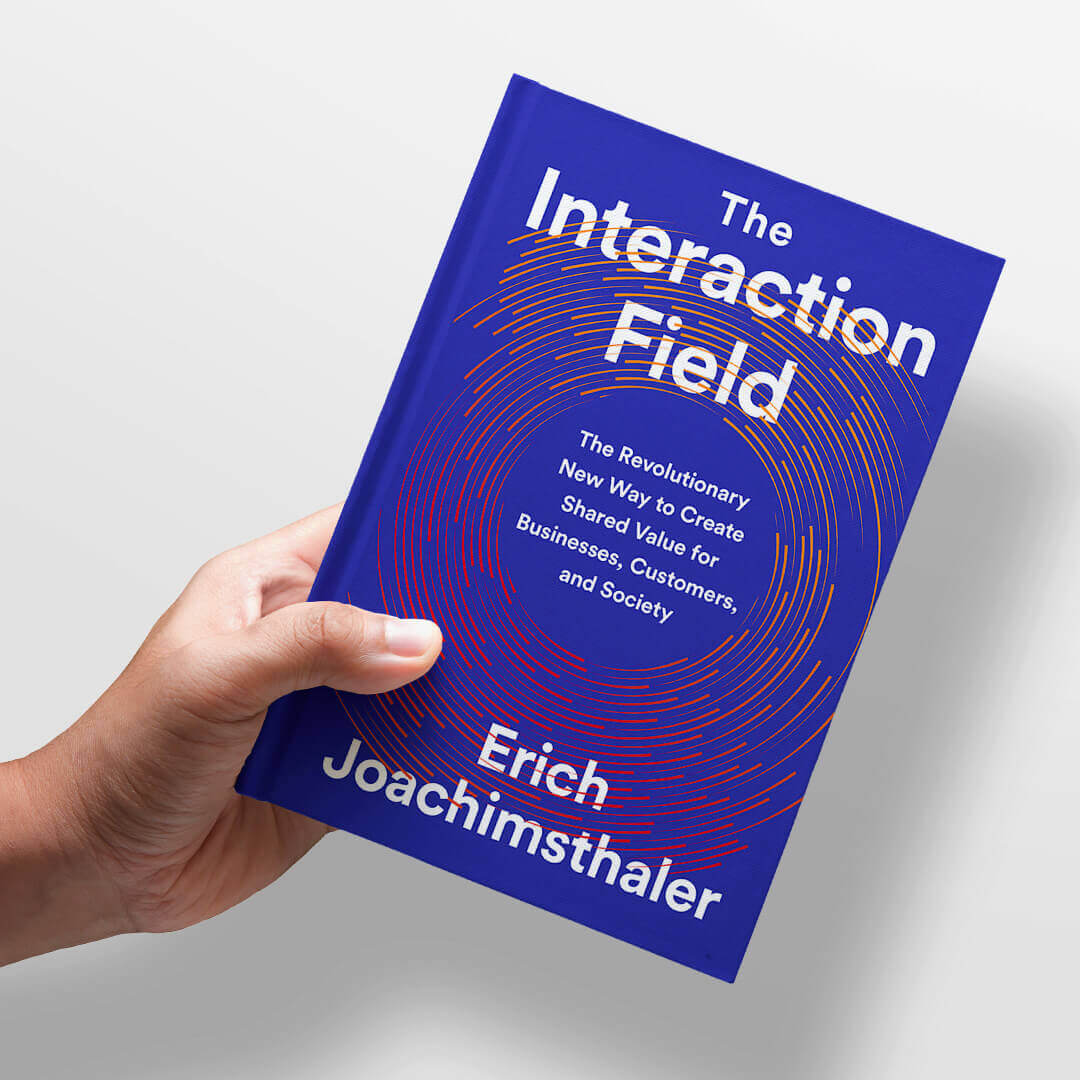How to Build Strong Brands in a Platform World?

Many of the strongest brands of our days have benefited from platform thinking. Think Apple, Amazon, Google, Microsoft or Netflix. In China, brands like Alibaba, Baidu, Tencent, and Weibo have become household names in a relatively short time.
I understand platform thinking to be a revolutionary new way of thinking about how markets work – how consumers, companies or brands, competitors, and others, interact and create shared value. The traditional way of thinking of markets is in terms of producers and consumers. Value is produced upstream by producers and consumed downstream by consumers. Producers create value by optimizing a range of activities along the pipeline or value chain from procurement, design, manufacturing, branding, and marketing to sales and service. The activities create actual differences between products or differences in perceptions, which is where branding comes in. BMW is an example of a strong brand that optimizing the value chain activities, engineering, technology, and design. It’s well known to be the ultimate driving machine or driving experience compared to competitors such as Mercedes and Audi. The producer (in this case, BMW) delivers value for which the consumer is willing to pay a price.
The new way of thinking about markets is in terms of many participants who interact to create and consume value. Consumers are not just recipients of value, but active participants of creating value, and so are one or more producers. Value is created through collaboration, engagement, and connection between participants. Airbnb is a platform that brings together guests or travelers, hosts, property managers, providers of cleaning services and many other producers; for example, manufacturers of toiletry products or providers of financial services for hosts. Everyone can be a producer and consumer of value. Travelers consume value but also create value by providing travel preferences, by rating hosts and posting reviews which helps Airbnb to better match demand and supply. Airbnb orchestrates value creation. Value is created through interactions between all participants which builds the brand.
How to define a brand?
Platform thinking requires a reassessment of how to define a brand and how to build a brand. A brand is what you stand for in consumers’ or customers’ mind. That’s how my co-author David A. Aaker and I defined a brand in the Brand Leadership book in 2000.[i] A brand then is defined by the associations that consumers hold in their minds linked to a name or logo or any other tangible element. The stronger the linkages, the stronger the associations that can be anything – including attributes, feelings, emotions, thoughts, experiences, even a gesture – the more a brand influences preference, liking and purchase.
In the platform world, though, defining a brand in this way is no longer sufficient. It is also necessary to define how a brand connects with every participant in a network. I call this network an “interaction field” in my new book because the value of connections, and hence the power to build brands, is determined by interactions in a larger field that a brand needs to define for itself.[ii] The more frequent the interactions, the more they influence perceptions. Twenty-two percent of consumers shop on Amazon once a week, and 79 percent shop at least once a month.[iii] That’s a lot of frequency. The quality of interactions matters too. It is about how the interactions reinforce the meaning of the brand. Amazon stands for convenience. As a Prime member, I get most deliveries within a day if not within the hour. Every purchase strengthens or reinforces the meaning of the brand in my mind. It is also of value to me and I get more value from Amazon because Amazon marches on to set the perceptions and expectations for speed of delivery for everyone else. Value increases as my engagement and interaction with the brand increases. The interactions are reciprocal. The brand, then, is also the sum of all the interactions that have meaning, create value, and are reciprocal.
 As a brand strategist, it is necessary then to think of a brand in terms of its identity, as I wrote many years ago. Identity is not limited to what you stand for in terms of attributes or qualities, values, and beliefs, but also how you behave, collaborate, and/or interact with participants in an interaction field. A brand is not just a noun; it is also a verb. Neil Parker said so well, “A brand lives in the moments of action and interaction between your business and the world around it, and great ones generously invite people in to contribute.”[iv]
As a brand strategist, it is necessary then to think of a brand in terms of its identity, as I wrote many years ago. Identity is not limited to what you stand for in terms of attributes or qualities, values, and beliefs, but also how you behave, collaborate, and/or interact with participants in an interaction field. A brand is not just a noun; it is also a verb. Neil Parker said so well, “A brand lives in the moments of action and interaction between your business and the world around it, and great ones generously invite people in to contribute.”[iv]
How do brands become strong?
Clearly, brands become strong because consumers learn to understand what a brand stands for over time. This happens through the usual mechanism of communications, behavior, and experiences. The more differentiated a brand is on relevant attributes, feelings, emotions, and other brand associations, the stronger a brand becomes over time. See, for example, Kevin L. Keller’s brand resonance model.[v]
But there are three additional effects that are typically not discussed in branding. These three effects have a powerful impact on building strong brands in the platform world. They are network effects, virality and learning effects. Let’s look at each of these effects one by one:
Network effects kick in when a product or service becomes more valuable as more participants or people contribute to it. Think Airbnb. The more Londoners offer their spare rooms, stately homes, or canal barges to travelers through Airbnb, the more valuable the service becomes—greater selection, increased availability, more variety and choices. It also affects the brand.
Airbnb wants to create a world where you belong anywhere and where people can live in a place, instead of just traveling to. That’s why its slogan is: belong anywhere. Ask yourself – who builds the Airbnb brand? The travelers and hosts do – those Londoners who offer their spare rooms. Those hosts also reinforce key attributes such as selection, availability and variety. There are over 650,000 hosts who build the brand by offering over 6 million ways to stay or “to belong.” Add to this the millions of Airbnb travelers who interact with hosts and Airbnb, and you have a very powerful brand-building machine through network effects.
Second is virality – as people find value in the offering, they voluntarily become advocates for it and encourage others to join. Clearly, there is a lot of virality on Airbnb – how did you hear about Airbnb the first time? But let’s look at another example: GoPro is the action camera that has a commanding market share among extreme sports enthusiasts, surfers and snowboarders. That Hero 8 camera is so good, it doesn’t need much advertising. GoPro benefits from the viral effect because it makes the owners of GoPro cameras actively participate in brand-building. You can witness this when taking into consideration GoPro’s campaigns encouraging surfers to share their pictures or videos on the GoPro channel. What’s growing like wildflowers in springtime in the social media world lately? You name it – TikTok – the short-format video site. GoPro can use this new channel to show off its best content which creates GoPro impressions and views with viewers and builds the brand. Some of those share the videos and some even want to shoot content like you can only do with GoPro – effectively building the brand and translating into more sales of cameras.
Third, as the brand applies human knowledge and artificial intelligence to the great amounts of data being collected as part of its business, the learning effects emerge – that is, the more information the brand or product gathers and synthesizes, the more valuable it becomes. Airbnb also benefits from the learning effect as it learns about hosts and travelers. Here is another example. Tesla cars collect more data through sensors and cameras than other manufacturers which enable machine learning in its Autopilot software which increases driver safety. Tesla gets smarter as you drive and becomes even smarter the more Tesla drivers there are. In short, Tesla drivers are the active participants in building the Tesla brand. It makes Tesla safer, which is an important attribute, often called a point of parity association in building an automotive brand.
We believe that the combined power of network effects, viral effects and learning effects on brand building is sadly ignored in most discussion of building strong brands today. These effects will become more important for brands, as I write about in The Interaction Field book.
If you really want to build strong brands today in a world where everything connects, where technologies from machine learning to social media and artificial intelligence to cloud computing have converged and reached relative maturity that enables the platform world, also called a platform economy, then you must enhance your ways of thinking about brands, and build your expertise in platform thinking.
[i] David A. Aaker and Erich Joachimsthaler (2000), Brand Leadership: The Next Way of How to Build Strong Brands,” The Free Press, New York. Republished in 2009, Pocketbook, London.
[ii] Erich Joachimsthaler (2020), The Interaction Field: The Revolutionary New Way to Create Shared Value for Companies, Customers and Society,” Hachette Book Group, PublicAffairs, New York, forthcoming, September 15.
[iii] https://www.statista.com/forecasts/1011650/shopping-frequency-at-amazon-in-the-us
[iv] Neil Parker, “Your Brand is Not an Asset. Think of it as an Action Instead,” Inc Magazine, August 9, 2019.
[v] Kevin L. Keller brand pyramid, summarized here: https://medium.com/@keatonhawker/kellers-brand-equity-model-what-it-is-how-to-use-it-84e42d562299